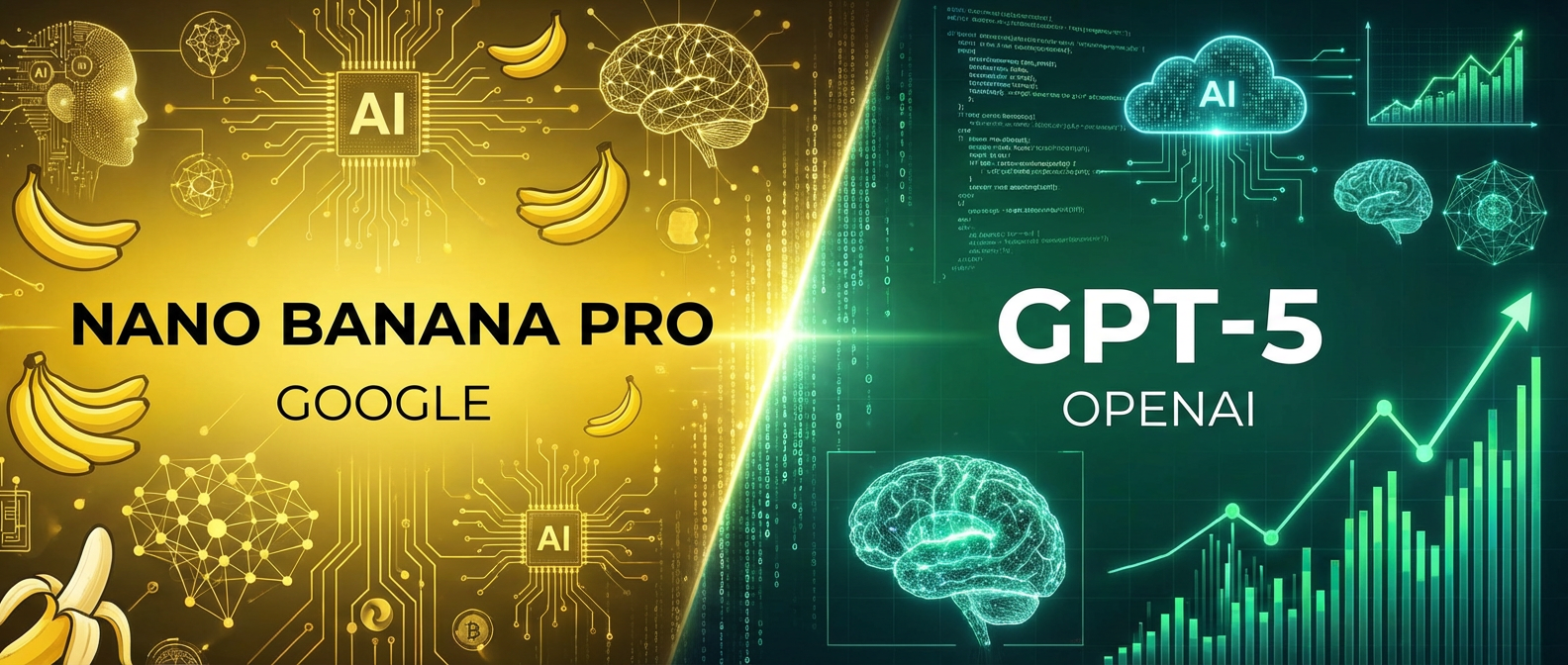In the realm of large language models, the competition between Claude 3, GPT-4, and their predecessor, Claude 2, is heating up. Each model offers unique advantages and trade-offs, making it essential to understand their capabilities and features to determine the best choice for your specific needs.
Claude 3 vs GPT-4
Claude 3 and GPT-4 are both advanced language models that excel in various tasks. However, Claude 3 has several advantages over GPT-4:
Larger Context Window: Claude 3 has a context window of 200,000 tokens, which is significantly larger than GPT-4's 16,000 tokens. This allows Claude 3 to maintain context and recall previous information more effectively, leading to higher quality and more coherent outputs.
Superior Coding Capabilities: In terms of coding ability, Claude 3 outperforms GPT-4 across several programming languages, including Rust, C++, and Haskell. It is described as "way better" than GPT-4 for Rust code in particular.
Language Understanding and Generation: Claude 3's overall language understanding and generation capabilities are superior to GPT-4, resulting in more coherent and contextually relevant outputs.
Claude 3 vs Claude 2
While Claude 3 surpasses GPT-4 in many aspects, it is worth comparing it to its predecessor, Claude 2:
Context Handling: Claude 3 has a larger context window than Claude 2, which can lead to better context handling and more coherent outputs.
Coding Ability: Claude 3's coding ability is also superior to Claude 2, particularly in Rust, C++, and Haskell.
Cost and Speed: Claude 3's Opus and Sonnet models are more expensive and slower than Claude 2's models. This may be a significant consideration for budget-conscious users.
Using Claude 3, GPT-4, and Claude 2 with Writingmate
Writingmate by Writingmate provides a user-friendly interface to interact with Claude 3, GPT-4, and Claude 2. To use these models:
Visit the Writingmate.ai Labs website.
Select the desired model from the available options: Claude 3, GPT-4, or Claude 2.
Enter your prompt or query in the input field and submit it to receive the model's response.
Conclusion
In the battle of the language models, Claude 3 emerges as the superior choice in terms of context handling, coding ability, and overall language understanding and generation. However, its higher cost and slower speed may be a trade-off for some users. GPT-4 remains a formidable competitor, offering a larger model size and multimodal input support.
Meanwhile, Claude 2 provides great capabilities at a fraction of the price of GPT-4 model. Ultimately, the choice between Claude 3, GPT-4, and Claude 2 depends on your specific needs, budget, and performance requirements. It is essential to consider these factors and weigh the advantages and trade-offs of each model before making a decision. You can try all the models and choose the ones that suit your need through Writingmate AI tool.
Written by
Artem Vysotsky
Ex-Staff Engineer at Meta. Building the technical foundation to make AI accessible to everyone.
Reviewed by
Sergey Vysotsky
Ex-Chief Editor / PM at Mosaic. Passionate about making AI accessible and affordable for everyone.



